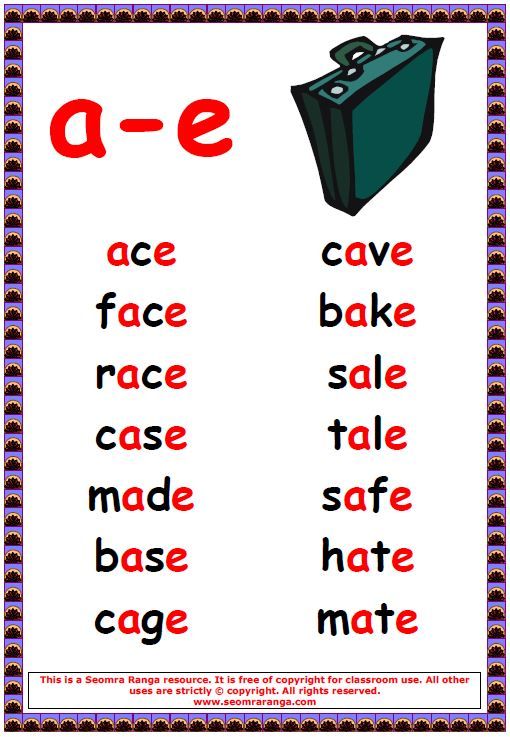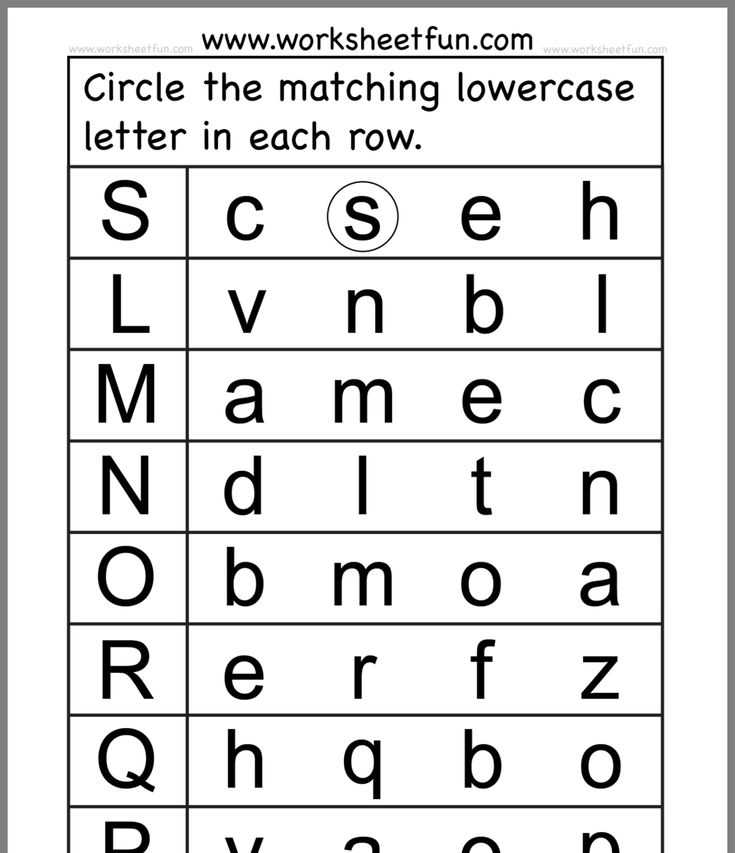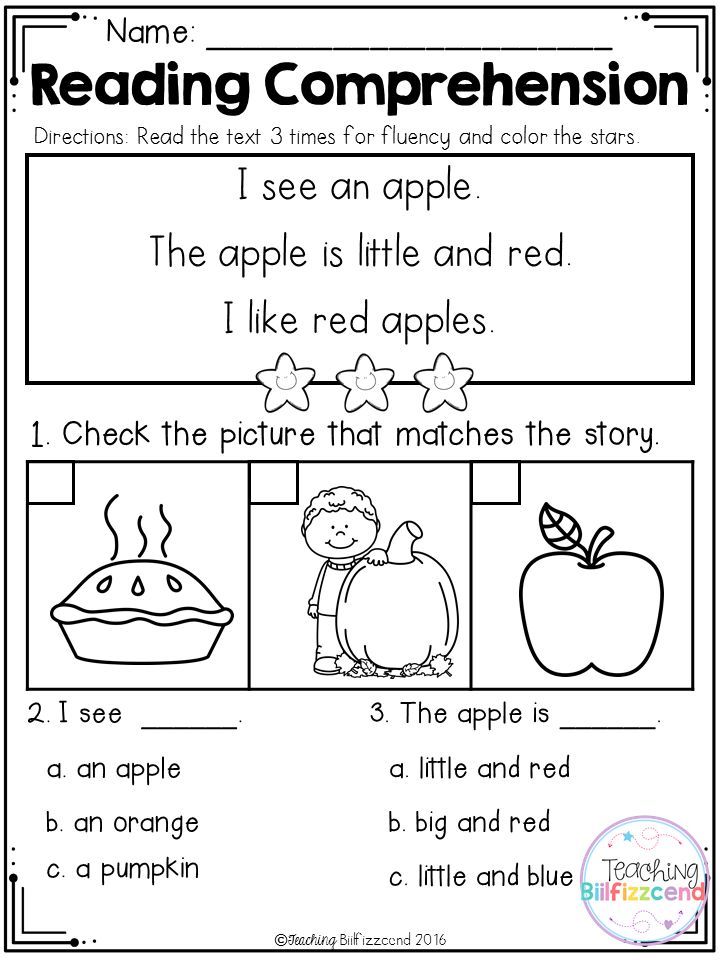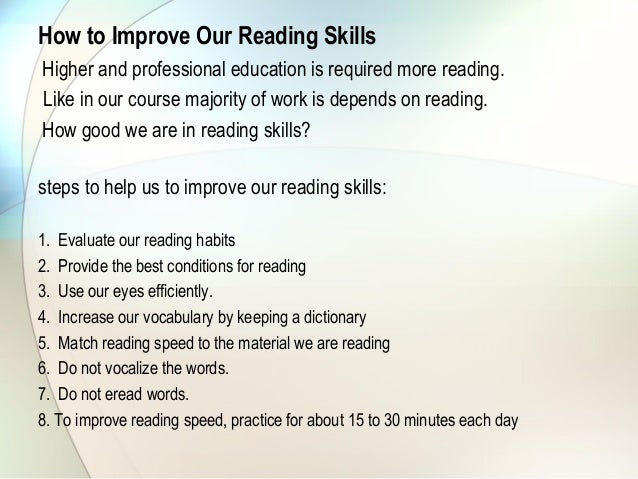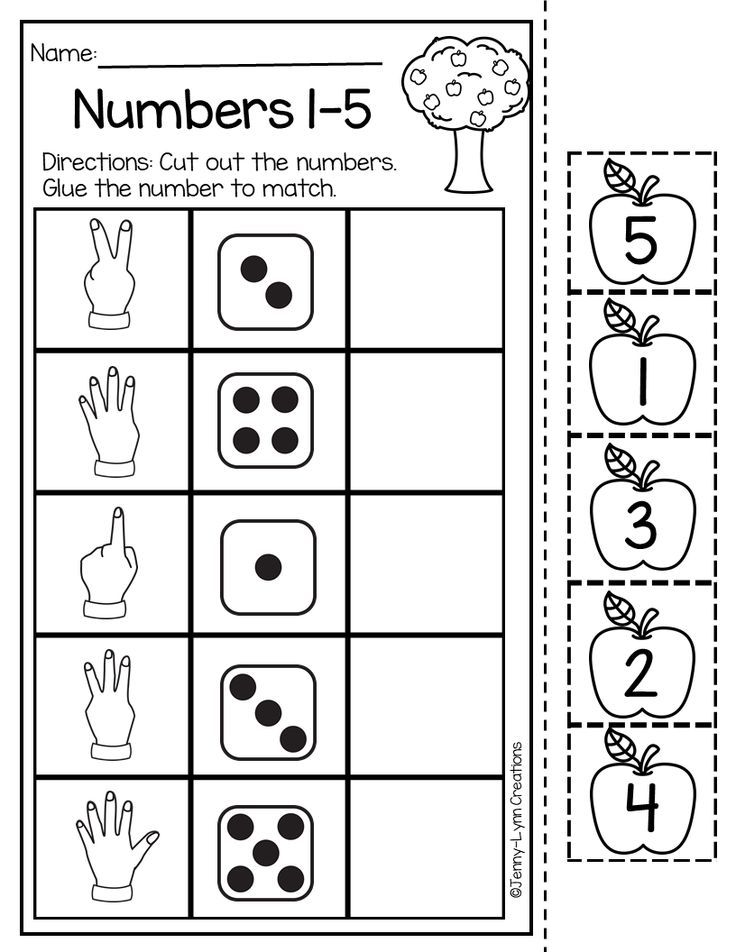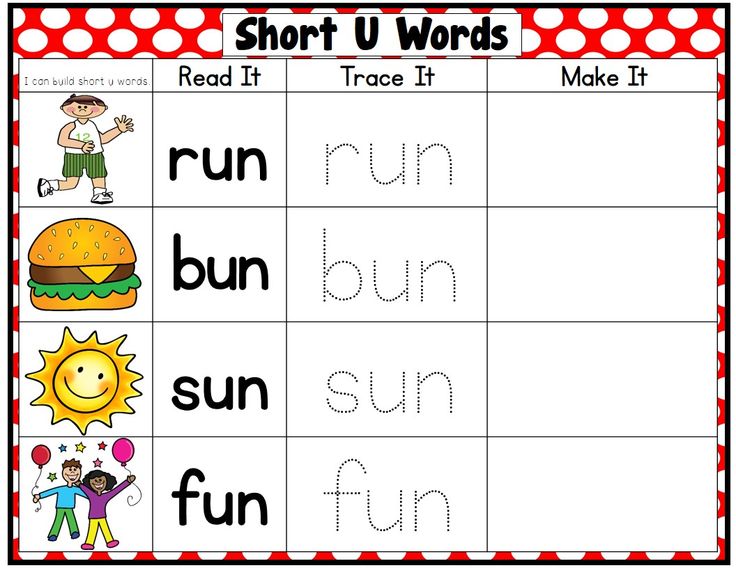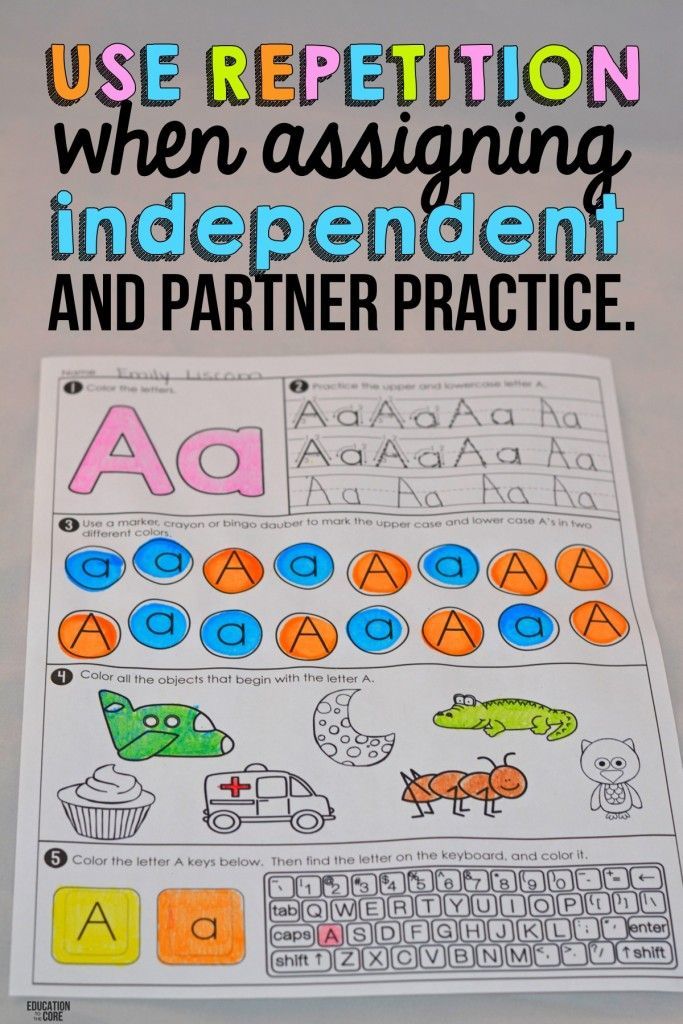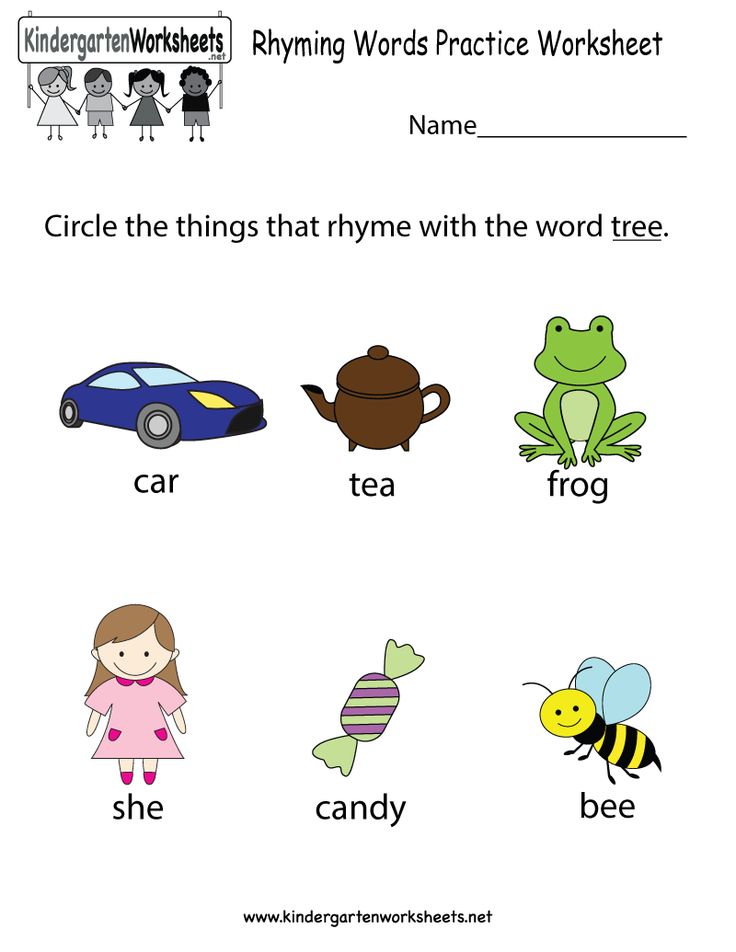Energizing brain breaks
Energizing Brain Breaks - Energizing Brain Breaks
Energizing Brain Breaks are quick 1-2 minute activities for your classroom or audience. They take virtually no preparation and no extra materials to perform. Students and audiences of all ages love them. Why do they love them? Because they are fun and make you laugh. They also challenge your brain. Energizing Brain Breaks help you to cross the mid-line of your body which helps both sides of your brain engage. It is suggested to use an Energizing Brain Break every 30 minutes with your class or audience. You can imagine a class of students sitting most of the day. Energizing Brain Breaks help student to stand up and be active every 30 minutes. The Energizing Brain Breaks Blog started in 2008 and contains many videos of students performing Energizing Bran Breaks. If you are interested in seeing Energizing Brain Break in action go to this blog entry called GOTCHA click here. Or you could see the Finger Tips Brain Break click here.
Skill OneENERGIZING BRAIN BREAKS BOOK Learn More |
E-VERSIONSENERGIZING BRAIN BREAKS SMARTBoard or PowerPoint Editions with Video Links Learn More |
CONTACT USGIVING BACK Learn More |
About the author
David Sladkey has been teaching mathematics since 1987. He has been teaching at Naperville Central High School in Naperville IL since 1994. He was named Teacher of the Year for Naperville Community School District 203 in 2007. He is a 2017 finalist for the PAEMST (Presidential Award for Excellence in Math and Science Teaching)
Energizing Brain Breaks is one of two books that he has authored. The other is "Engaging Teaching Tools" David was first introduced to Brain Breaks by Jean Blaydes at a workshop held at Naperville Central in 2007. Since 2007 David and most of the Naperville Central High School staff have used Jean's Brain Breaks and thought of many on their own. From this, David decided to create a set of cards where Brain Breaks were written on each. The Energizing Brain Breaks Book idea was born. David's family was a little tired of practicing new Brain Breaks at the dinner table, but this proved essential in creating all 50 of the activities for the book. Lastly, a spiral binding and laminated front/back cover was made and pictures were added to enhance the understanding of the Brain Breaks. David currently teaches Algebra 1 and Precalculus at Naperville Central High School
From this, David decided to create a set of cards where Brain Breaks were written on each. The Energizing Brain Breaks Book idea was born. David's family was a little tired of practicing new Brain Breaks at the dinner table, but this proved essential in creating all 50 of the activities for the book. Lastly, a spiral binding and laminated front/back cover was made and pictures were added to enhance the understanding of the Brain Breaks. David currently teaches Algebra 1 and Precalculus at Naperville Central High School
Twitter @dsladkey
New book by david sladkey
ENGAGING TEACHING TOOLS is an easy reading book that any teacher can open to find some valuable tools. This spiral bound flip book is full of quick, practical ideas to increase your class participation. It has a laminated front and cover with 75 card stock pages. Pictured on the front cover is the Engagement Wheel which is a self-evaluation tool to help measure the engagement level of your students.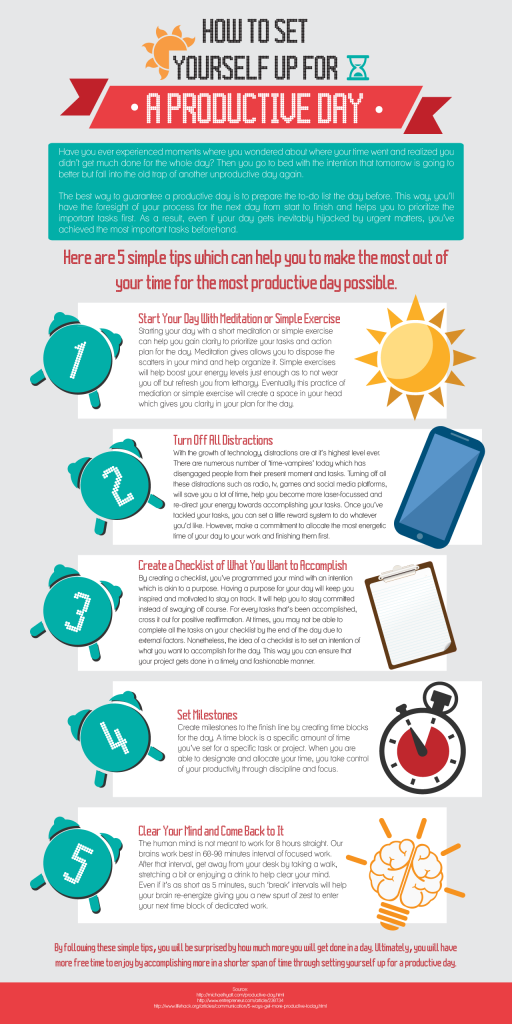 There are also 50 teacher tools to help build a positive classroom environment and to involve your students. Energizing Teaching Tools includes sections on the Engagement Wheel, Questioning, Classroom Climate, Classroom Activities, Physical Changes in your Room, Attitude Adjustments and Dealing with Parents. 50% of the author’s profit will go towards technology at Belding Elementary School. (A Chicago Public School) To purchase the book please go to to a website Amazon Corwin Publishing Barnes and Noble
There are also 50 teacher tools to help build a positive classroom environment and to involve your students. Energizing Teaching Tools includes sections on the Engagement Wheel, Questioning, Classroom Climate, Classroom Activities, Physical Changes in your Room, Attitude Adjustments and Dealing with Parents. 50% of the author’s profit will go towards technology at Belding Elementary School. (A Chicago Public School) To purchase the book please go to to a website Amazon Corwin Publishing Barnes and Noble
Brain Breaks - 20 awesome ways to energize your students FAST!
Brain Breaks Can Be Quick!
Do you use Brain Breaks with your students?
You should!
This amazing guest post about why kids need to move from pediatric occupational therapist Loren Shlaes was so popular that I decided to follow it up with a list of Brain Breaks for kids!
These are great to use anytime your students are feeling restless and are struggling to pay attention.
Most of these will only take a few minutes, and then you can get back to the lesson with your students ready to focus on the lesson at hand.
20 Brain Breaks You Can Use Today!
- 5-4-3-2-1 In this simple game, students stand up and the teacher (or leader) has them do five different movements in descending order.
For example the teacher would say: “Do five jumping jacks, spin around four times, hop on one foot three times, walk all the way around the classroom two times, give your neighbor one high-five (pausing in between each task for students to do it).
Here's a DIGITAL VERSION you can use!
You can use this FREE brain break activity either face-to-face or over Zoom for Distance Learning! This activity is fun to use and can even be customized!
Watch the video to see how this quick and easy activity works!
Click here to get your own copy. Once it’s yours, you can customize it for your own students or use it as is!
Be sure and check out our new blog post:
- Trading Places Have students stand behind their pushed-in chairs.
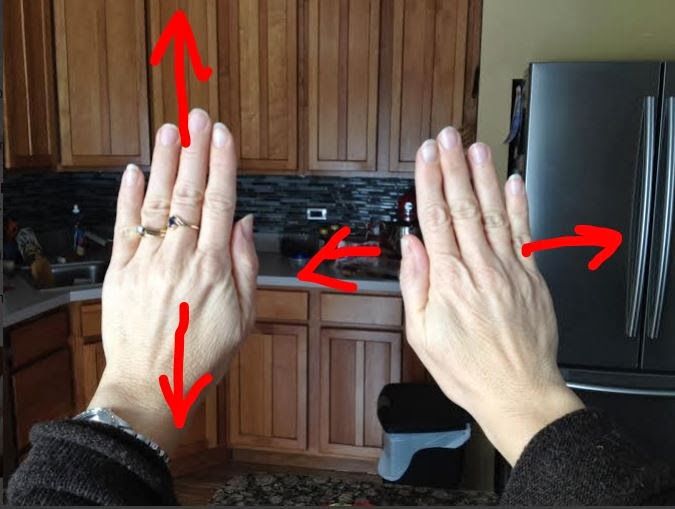 Call out a trait, and everyone who has that trait must change places with someone else (students who do not have the trait stay where they are). Examples: “Everyone with curly hair.” “Everyone who ate cereal for breakfast.” “Everyone who is wearing stripes.”
Call out a trait, and everyone who has that trait must change places with someone else (students who do not have the trait stay where they are). Examples: “Everyone with curly hair.” “Everyone who ate cereal for breakfast.” “Everyone who is wearing stripes.” - Six Spots Number six spots around your room from 1-6. Have students each go to a spot of their choice. Choose a student to roll a die (if you can make a big one out of foam, it adds to the fun). All the students at the number rolled must go back to their seats. Students that are left go to a new spot, and the die is rolled again. Continue until only a few students are left. You can click here for a digital dice you can project!
- Mingle, Mingle, Group! In this game students mill about the classroom saying, “mingle, mingle, mingle” in soft voices until the teacher says, “Groups of 5,” at which point the students must quickly group themselves into groups with the correct number of people.
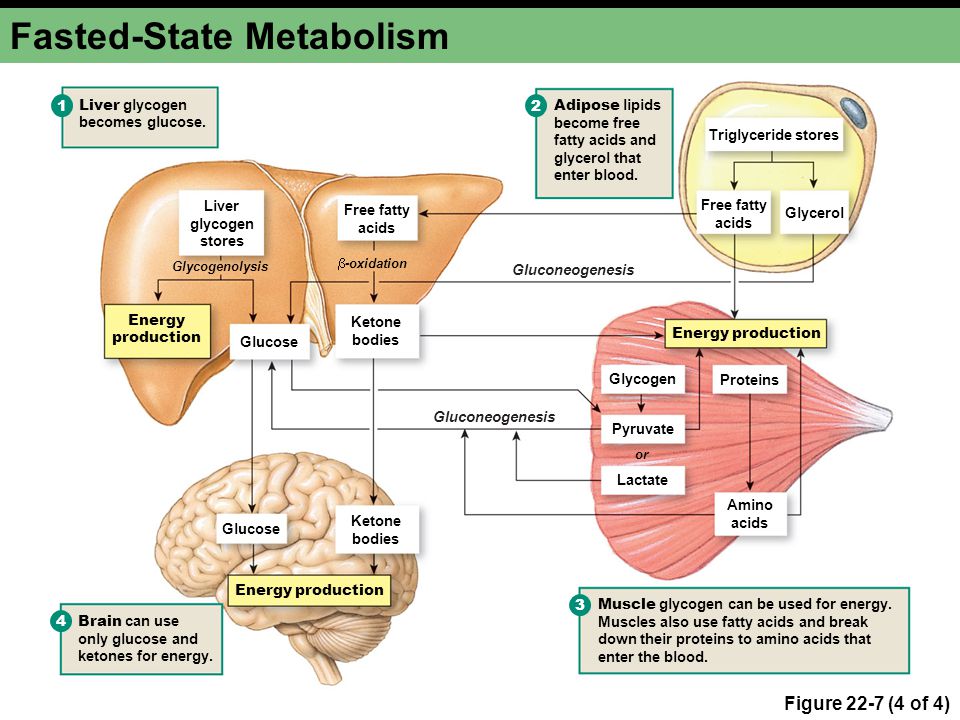 Students who are left over must do three jumping jacks before the next round starts. The teacher can call out any number for the group size. You can also add rules such as: as soon as a group is complete, all members must sit down in a line.
Students who are left over must do three jumping jacks before the next round starts. The teacher can call out any number for the group size. You can also add rules such as: as soon as a group is complete, all members must sit down in a line. - Dance Party! Put on some rockin’ music and dance! If you can make the room semi-dark and have a black light or other special effect, your kids will love it!
- Freeze Dance! Similar to Dance Party, except that every so often the music stops, and students must freeze and hold the position they are in until the music begins again.
- Name Moves Students stand behind their chairs. In turn, each student says his or her name accompanied by a special movement. For example a student might say, “Kayla!” while dramatically dropping to one knee and doing Jazz Hands. After the student does his or her move, the rest of the class says the student’s name in unison and imitates the move. Then it is the next student’s turn.
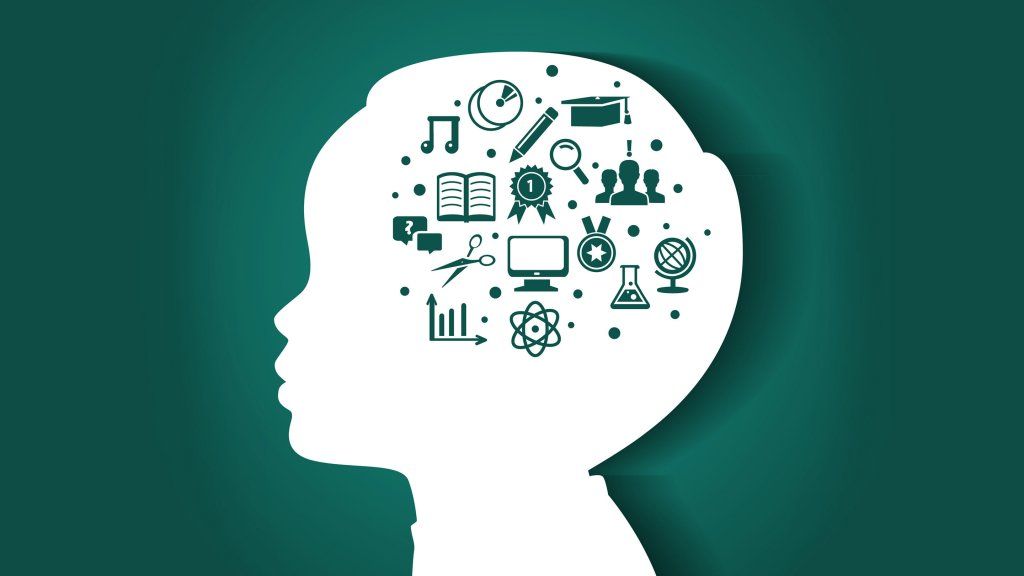
- Keep It Up Students must keep a beach ball from hitting the ground. Add two or three balls to make it even more fun.
- Simon Says An oldie but a goody!
- Movement Songs Sing a song with whole-body movements, such as, “Head, Shoulders, Knees, and Toes,” “Father Abraham,” “Toe-Knee Chest-Nut,” “Shake Your Sillies Out (Raffie),” “Grand Old Duke of York,” “My Bonnie Lies over the Ocean,” etc.
- Recorded Movement Songs Older students might enjoy a simple Zumba routine, YMCA, or the Macarena. Littler ones will love Sesame Street’s A Very Simple Dance to Do.
- Animal Pretend Younger children will enjoy pretending to be various animals (or even objects such as lawn mowers or airplanes). Call out a few in sequence.
- Would You Rather Ask a “would you rather” question and have students show their choice by moving to one end of the room or the other. Have a few kids share why.
 Here are 20 free “Would You Rather” Questions to get you started.
Here are 20 free “Would You Rather” Questions to get you started. - Find It Fast Call out a color or other trait (e.g. something round, something made of wood), and students must find an object in the room that fits the trait and get to it quickly.
- Physical Challenges Challenge students to do something physically difficult, such as standing on one foot with arms extended, or this one: Grab your nose with left hand, and grab your left earlobe with your right hand, and then quickly switch so that your right hand is on your nose and your left hand is grabbing your right earlobe. Yoga poses could also be a good variation.
- Plates Give each student a paper plate. Students must walk around the room balancing the plates on their heads. If a student drops his or her plate, the student must freeze until another student picks it up and places it back on the student’s head (while keeping his or her own plate in place, of course).
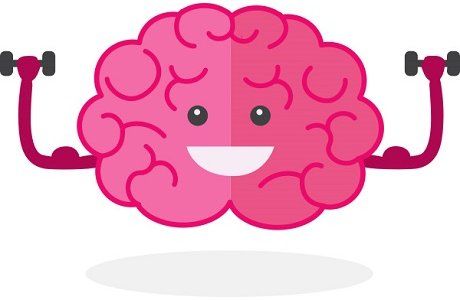
- Line Up! Have students line up using a specific criteria, such as age (use day and month, not just year), height, alphabetically by middle name, hair length, etc.
- Limbo All you need is a long stick and a pair of kids to hold it. Music is nice, too.
- Human Knot Divide students into groups of about eight students. Have students each grab right hands with someone who is not directly next to them. Then do the same with left hands. The challenge is to untangle and become a circle without releasing hands.
- Jump Skip Counting Have students count by twos, fives, tens etc. while jumping with each count. You could also practice spelling words this way.
The resource comes with a RANDOM Brain Break Chooser!
CLICK HERE!
What’s your favorite Brain Break? Leave it in the comments!
How to manage energy and stay productive throughout the day? Hourly efficiency
Read also
General Director of Sheremetyevo: “You get on a motorcycle, and in a few minutes your head is absolutely clear” Dancing at sunset How to choose the best shots among inexperienced studentsEvgeny Razumny / Vedomosti
Work hard day and night or focus on circadian rhythms and your own peaks activity? More and more scientists are inclined to believe that it is much more productive to manage not time, but energy.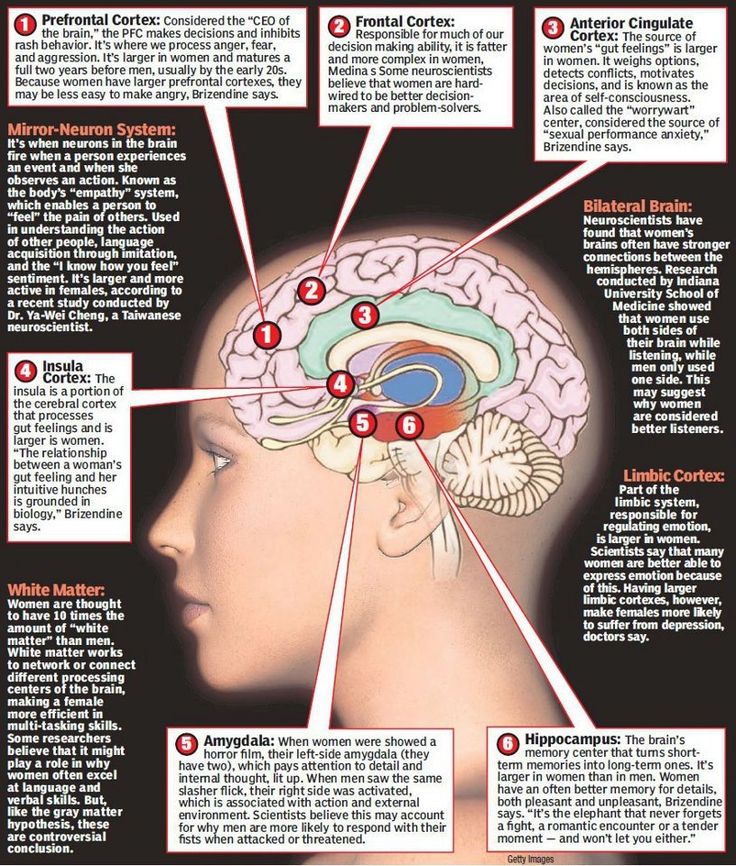 The City, together with a doctor, a financial top manager and Western experts, drew up a schedule of working efficiency - by the hour. nine0003
The City, together with a doctor, a financial top manager and Western experts, drew up a schedule of working efficiency - by the hour. nine0003
7.00-8.00
“Your chronotype depends on several factors,” explains Andrey Beloveshkin, Candidate of Medical Sciences, author of the book “What and When to Eat”. “This is age (among young people, for example, there are more “owls”), and the daily routine, and work schedule, as well as genetics.”
According to the doctor, most people are still in the middle - what is commonly called the "dove" chronotype. Provided they have regular full sleep (about 8 hours without waking up), they are able to get up at 7–8 in the morning and adapt to a standard working day, especially if they spend the morning correctly. nine0003
“In the morning, you synchronize your biological clock, both the master clock (suprachiasmatic nucleus) and the peripheral clock (muscle clock, temperature clock, food clock). If this is not done, then the day can go awry,” explains Beloveshkin.
In the cold season in the morning, you should immediately turn on the bright light, and in the warm season, open the curtains: the sun will “start” our batteries the fastest. Then it would be good to do exercises and take a contrast or cool shower - useful stress helps to wake up. Breakfast is preferable with a high protein content, this is the most optimal energy boost for the day. Several studies confirm that eating enough protein at breakfast can help you snack less and may even help you eat less at dinner. nine0003
9.00-12.00
All important tasks that require informed decisions, risk assessment, strategizing or assimilation of complex information, it makes sense to plan for the morning hours. “In the morning, we have a high energy resource for solving non-trivial tasks: writing an important presentation, creating an offer, finding a solution to a complex problem,” says Elena Sosnovtseva, a top manager with 20 years of experience in Bank Societe Generale Vostok, “ VTB Capital”, “Absolut Bank”, author of the new book “Memento Memory.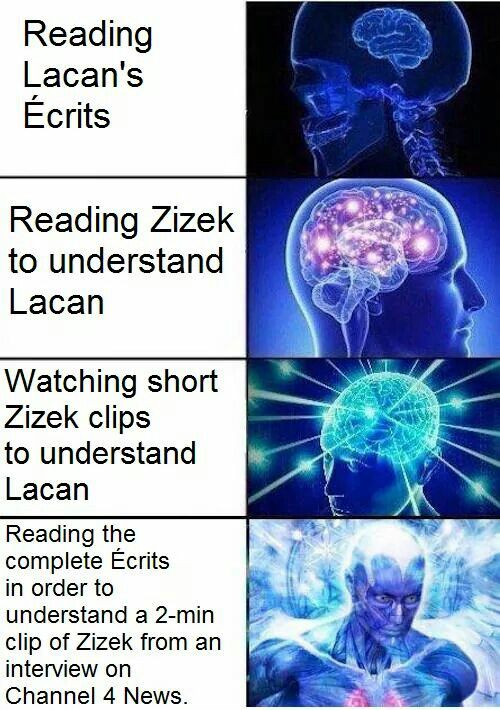 How to improve memory, concentration and brain productivity. nine0003
How to improve memory, concentration and brain productivity. nine0003
“In the morning the front resource is higher,” Andrey Beloveshkin agrees. - By the evening, it is exhausted and decision fatigue sets in - “decision fatigue”. The more we have to make decisions during the day, the more our ability to weigh each subsequent decision is weakened. If a responsible meeting or negotiations are scheduled for the evening, it is better to save the resource and devote the first half of the day to routine tasks.”
It's also worth considering the risk of burnout before you have time to start your working day - "drown" in the morning in e-mail. “Working at the post office is a very energy-intensive process,” explains Elena Sosnovtseva. - This endless operational flow sucks, and we gradually lose the meaning of what we do. And the brain does not like it very much. nine0003
A few years ago, several studies (one of which was conducted by former Apple and Microsoft executive Linda Stone) determined that approximately 80% of people experience rapid and shallow breathing while working in email or instant messengers.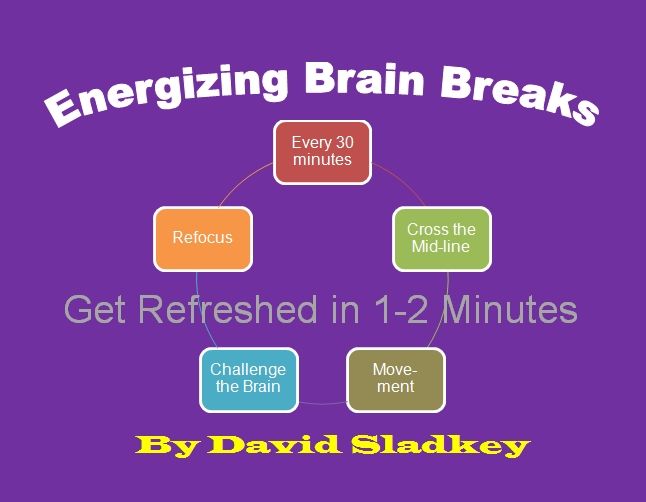
Sharon Salzberg, author of Real Happines at Work, also writes about the phenomenon of email apnea - unconscious breath-holds that lead to large energy losses.
12.00-14.00
If you are in the process of urgent business, is it worth interrupting? Not just worth it, but essential, especially if you want to spend the rest of the day just as efficiently.
“If during the day we have periods of focus and defocus and we give the brain a rest, then we can be in good shape until late at night,” says Elena Sosnovtseva. “And if we non-stop solve cognitive problems, then at some point the brain turns off by itself and, for example, at a meeting, we will miss some of the information.” nine0003
In addition to the main lunch break, Sosnovtseva recommends taking micro-pauses of 5–10 minutes every hour. It is advisable to do a mini-workout during breaks - for example, walk and drink a glass of water (this also stimulates the brain).
Dr. Beloveshkin advises to take a nap after dinner, and if this is not possible, take a short (up to half an hour) walk at a fast pace.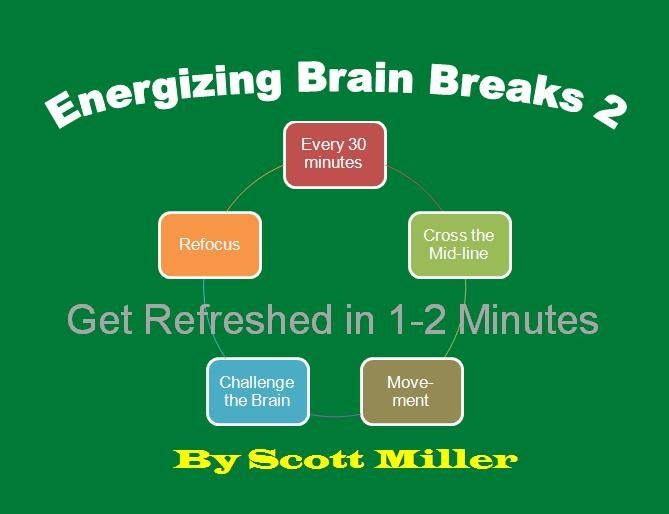 “Firstly, it will reduce the rise in sugar immediately after eating. Secondly, any episodes of physical activity, even the shortest, increase efficiency. Thirdly, in offices the brightness is low, and street light also increases productivity.” nine0003
“Firstly, it will reduce the rise in sugar immediately after eating. Secondly, any episodes of physical activity, even the shortest, increase efficiency. Thirdly, in offices the brightness is low, and street light also increases productivity.” nine0003
14.00-16.00
From about 2 pm, the level of cortisol (and this hormone is also responsible for our activity) begins to decrease. Therefore, it is better to devote time after lunch to simple or routine tasks - for example, working in the mail. “After lunch meetings go well if they are devoted to current issues, and not to brainstorming,” adds Elena Sosnovtseva.
16.00-19.00
For some people, this time in the late afternoon can be the most productive, especially if you need a creative approach. An analysis of a professional chess game showed that, regardless of the chronotype, the strategy is always more thoughtful and safe in the morning, and faster and riskier in the evening. nine0003
An early evening can be devoted to a deep dive into one of the priority tasks.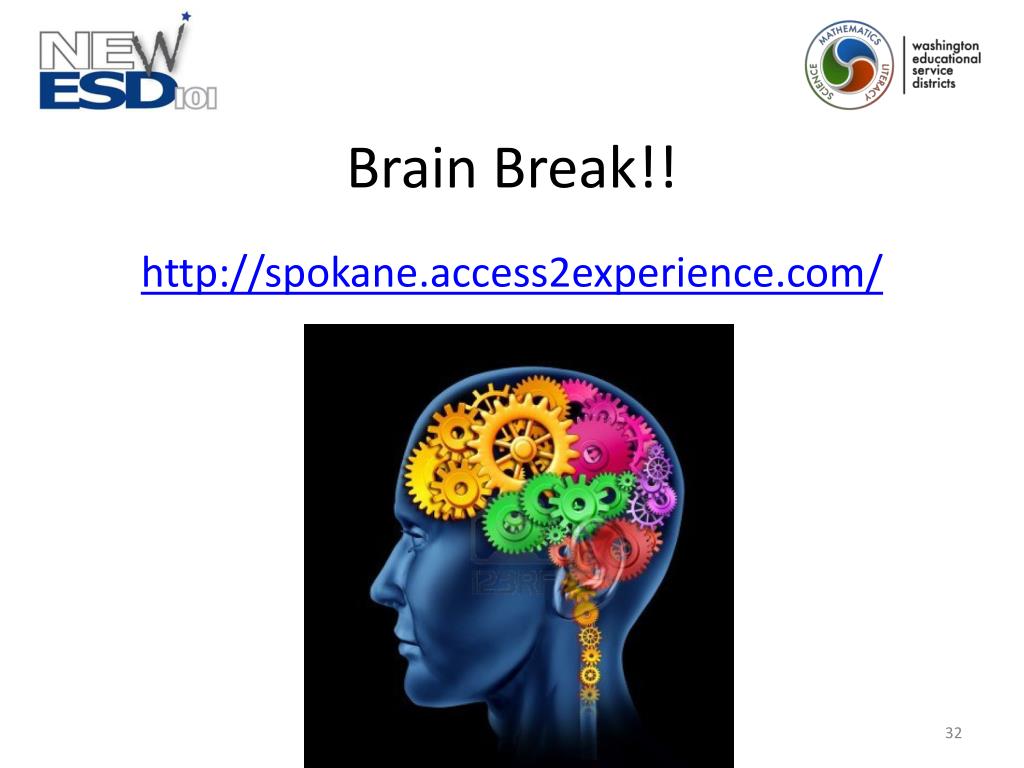 Professor at Georgetown University, cybernetics specialist, and author of seven bestselling books, Cal Newport, in his book Head to Work. Success Patterns from an IT Specialist” (Deep Work: Rules for Focused Success in a Distracted World) writes: “Just one to three hours when you are fully concentrated can replace your full work day in efficiency.”
Professor at Georgetown University, cybernetics specialist, and author of seven bestselling books, Cal Newport, in his book Head to Work. Success Patterns from an IT Specialist” (Deep Work: Rules for Focused Success in a Distracted World) writes: “Just one to three hours when you are fully concentrated can replace your full work day in efficiency.”
Professor Josh Davis, Ph.D., neuroscientist and author of a book published in Russian called Two Awesome Hours: Science-Based Strategies to Harness Your Best Time and Get Your Most Important Work Done, also argues that a working day (at least the most important things) can fit in a couple of hours if we are 100% turned on. Necessary conditions: full (but not crowded, especially with carbohydrate foods, stomach), good lighting, and the ability not to be distracted by other things. The latter is especially important. “Multitasking is the enemy of efficiency. Especially if we are trying to combine two cognitive tasks, Elena Sosnovtseva agrees.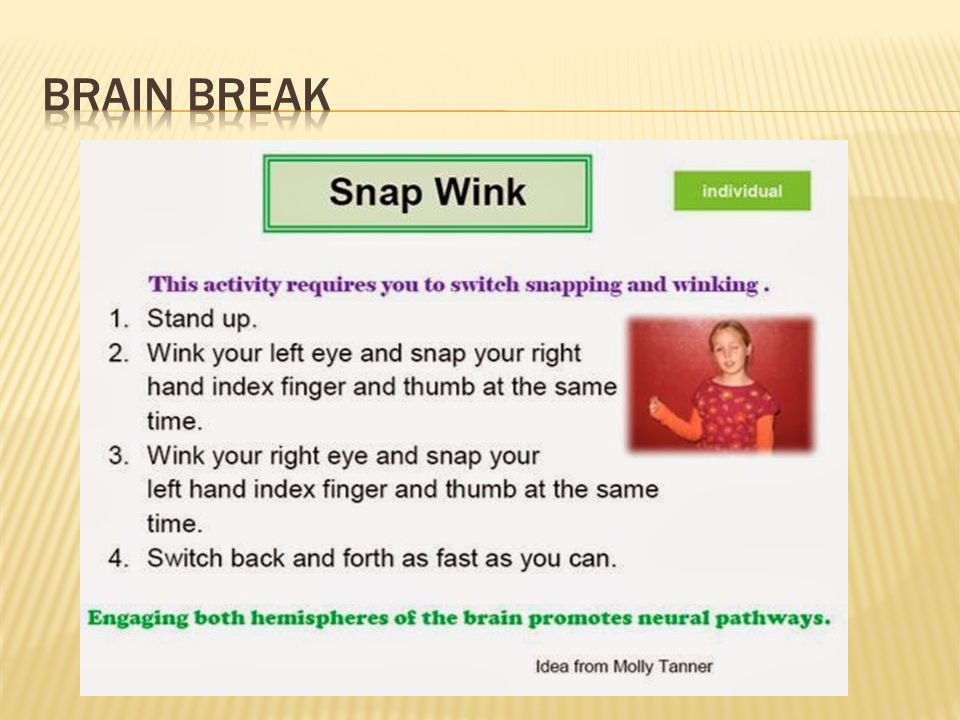 Our thoughts are sequential, not simultaneous. And if we are constantly switching, the efficiency and quality of doing both things are falling.” nine0003
Our thoughts are sequential, not simultaneous. And if we are constantly switching, the efficiency and quality of doing both things are falling.” nine0003
20.00-00.00
A few hours before going to bed, melatonin begins to be produced, and brain processes slow down. “If we continue to sit at the screens and work or “rest”, consuming content, the production of melatonin decreases, explains Sosnovtseva. – Those who belong to the “doves” chronotype may then have problems falling asleep. The brain does not have enough time to recover, and we get up already tired - especially if there is no way to get extra hours of sleep. nine0003
multitasking drains your brain's energy reserves , check notifications, more coffee, scroll through work email... - ugh! There are countless things to do in your morning, and constantly switching between them seems to tire you noticeably. nine0003
When we try to do several things at the same time, we don't actually do more than one thing at a time, we just switch between them quickly.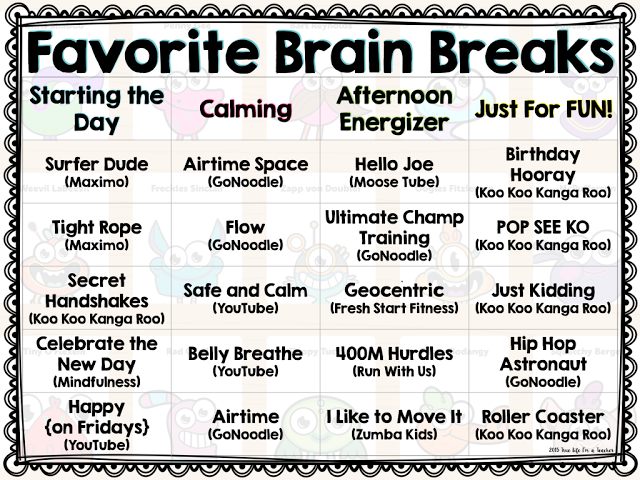 And that switch is exhausting. It uses up oxygenated glucose in the brain, consuming the same fuel it takes to focus on a task.
And that switch is exhausting. It uses up oxygenated glucose in the brain, consuming the same fuel it takes to focus on a task.
“Switching itself requires biological energy, which makes us feel tired much faster than if we were doing just one thing,” says Daniel Levitin, professor of behavioral neuroscience at McGill University (Montreal, Canada) . “People are eating more, consuming more caffeine. Often, in fact, what you need at this point is not caffeine, but just a break from work. If you don't take regular breaks every couple of hours, then your brain won't get anything useful from that extra cup of coffee." nine0003
Research has shown that those who take 15-minute breaks every couple of hours are ultimately more productive, says Levitin. But these breaks should allow for a significant distraction from work - a walk, watching from a window, listening to music or reading. “Everyone uses their own way. But surfing Facebook is not what it takes,” he continues. Social media just creates more fragmented attention as it jumps from one to the other.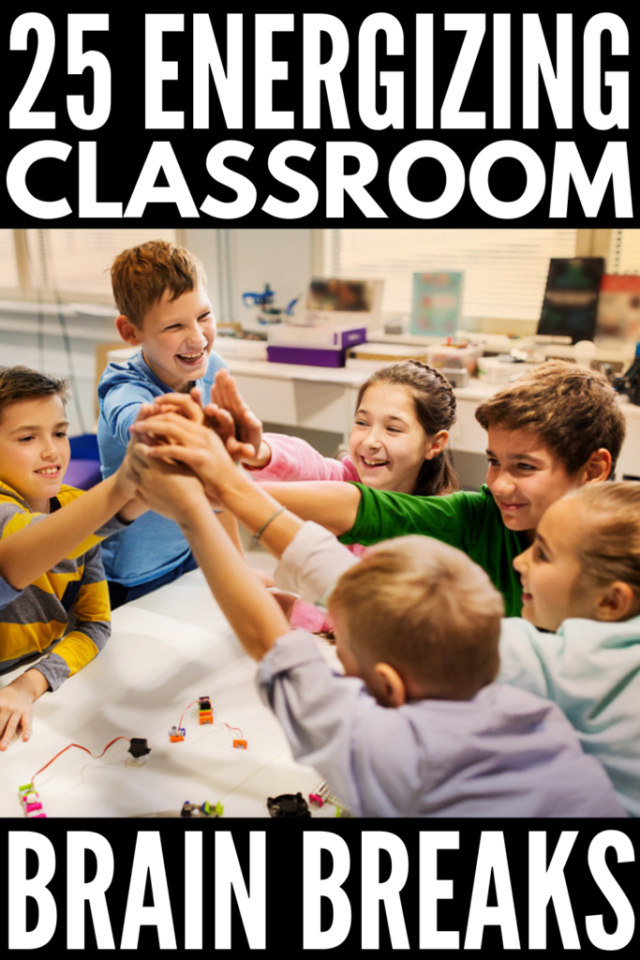 nine0003
nine0003
Gloria Mark, professor of computer science at the University of California, Irvine, says that if you interrupt a person, it usually takes 23 minutes and 15 seconds for them to get back to their work; most people will complete two intermediate tasks before returning to the original project. Such switching leads to an accumulation of stress, says Gloria, and therefore it is not surprising that people who have a high level of neuroticism, impulsivity and susceptibility to stress tend to switch from task to task, as a rule, more than others. nine0003
Hal Pashler, professor of psychology at the University of California, San Diego, points out that not all attempts at multitasking are equally energizing. If you're doing something on autopilot (like doing laundry), then it makes perfect sense to read a book at the same time. But trying to do two demanding tasks at the same time will lead to a drop in productivity. "It is impossible to solve two responsible - even simple - tasks in parallel," he adds.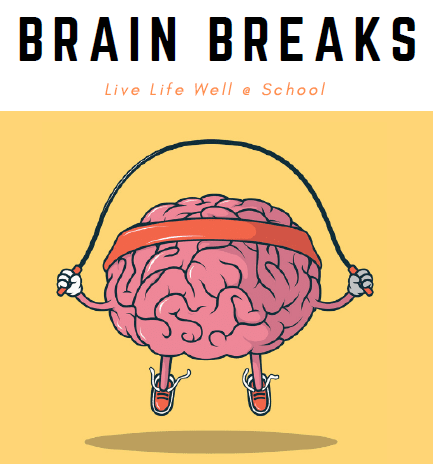
But despite the cons of multitasking, we're juggling an ever-growing to-do list as the web throws in more and more distracting news. nine0003
Mark suggests that we are learning to increasingly control social media and email. She explains:
“When checking your mail, a good thing happens from time to time - some important letter arrives. Over time, this happens randomly. In psychology, this phenomenon is called "random reinforcement", and it is enough to reinforce the behavior in question.
Random behavior is incredibly difficult to deal with. Gloria Mark's research showed that if a person is frequently interrupted, they often develop short attention spans and begin to interrupt themselves. nine0003
The solution is to stop multitasking and set aside dedicated time slots for each individual task. So, check your email first thing only in the morning, and then again only at noon, or set aside only 10 minutes a day for Twitter.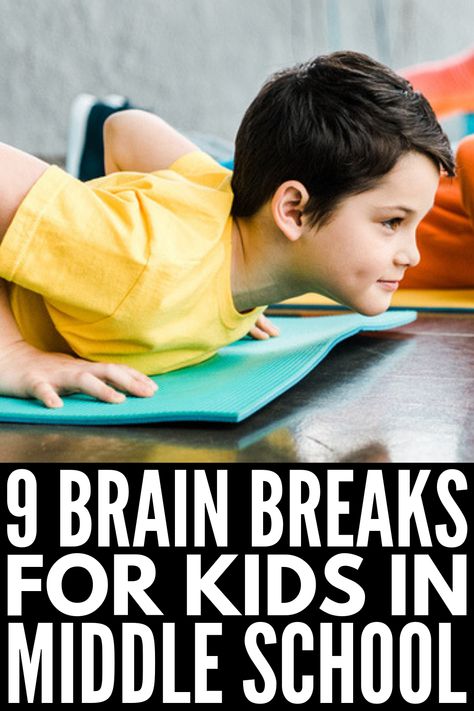

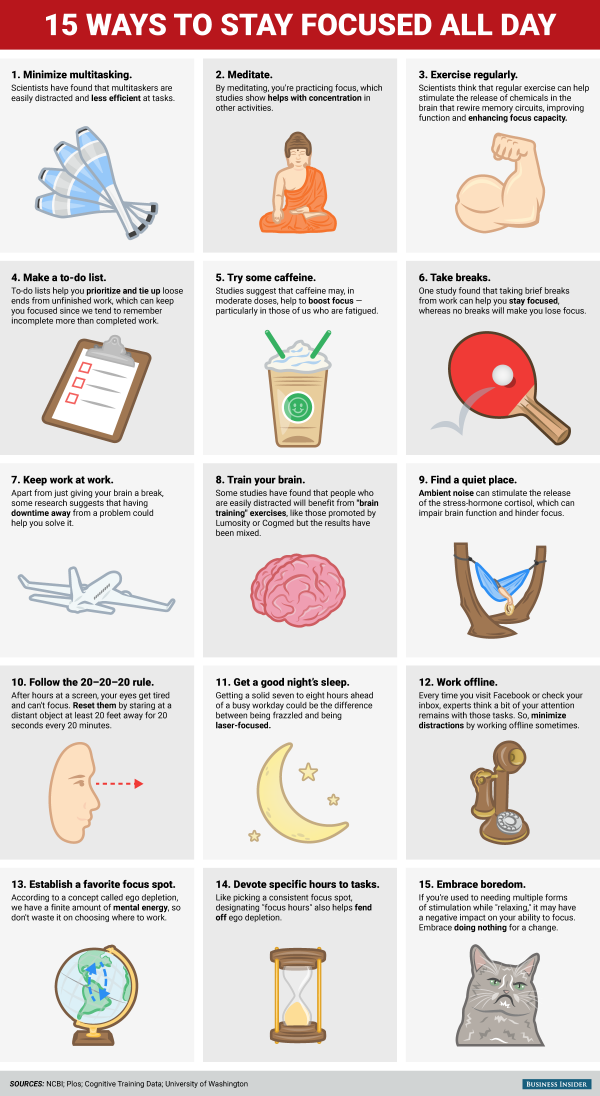 If you use SMARTBoard in your classroom, you will definitely want to get one of these E-Versions. It has every one of the 50 pages in a Notebook Document or PowerPoint format. It also has video links to all of the 50 activities as well. It is very easy to use. There are instructions on how to transfer slides to your own notebook lessons. You must buy the book to access the EBB SMARTBoard Edition and the EBB PowerPoint Edition. Go to the companion website to get access to the SMARTBoard and PowerPoint Editions, as well as to view all 50 videos. Companion Website
If you use SMARTBoard in your classroom, you will definitely want to get one of these E-Versions. It has every one of the 50 pages in a Notebook Document or PowerPoint format. It also has video links to all of the 50 activities as well. It is very easy to use. There are instructions on how to transfer slides to your own notebook lessons. You must buy the book to access the EBB SMARTBoard Edition and the EBB PowerPoint Edition. Go to the companion website to get access to the SMARTBoard and PowerPoint Editions, as well as to view all 50 videos. Companion Website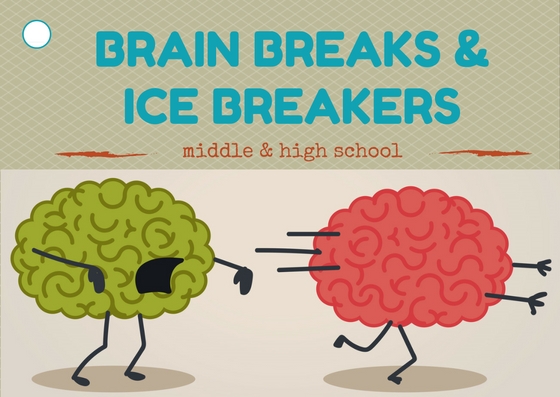 The country is still recovering from 27 years of Civil War. Rise has helped build more than 100 school in the 7 years of it's existence. 10% of the author's profits go towards the Naperville Education Foundation.
The country is still recovering from 27 years of Civil War. Rise has helped build more than 100 school in the 7 years of it's existence. 10% of the author's profits go towards the Naperville Education Foundation.